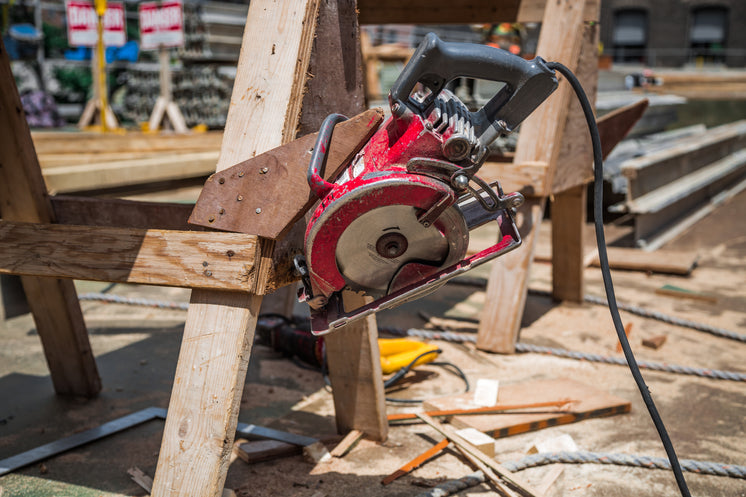The infamous boxing legend Mike Tyson has recently been turning heads with intense workout videos posted on his Instagram account. The former heavyweight champion of the world has been teasing a potential comeback to the ring, showcasing his agility, power, and speed.
Rok później na igrzyskach olimpijskich w Pekinie zdobył srebrny medal, przegrywając w finale z Włochem Roberto Cammarelle . Wcześniej na turnieju olimpijskim pokonał Mohameda Amanissiego, Rusłana Myrsatajewa i Wjaczesława Hłazkowa, który poddał pojedynek walkowerem ze względu na kontuzję.
Tyson’s pro career was interrupted by three years in prison after he was sentenced for rape. He returned to the ring but wasn’t the same. He had 14 fights after his release from prison and went 9-5. During that stretch, he endured consecutive losses to Evander Holyfield. He ended his career, losing three out of four fights, falling to Lennox Lewis, Danny Williams, and Kevin McBride.
However, over time, Tyson has explained that the tattoo is not meant to be a direct copy of traditional Maori moko but rather a personal interpretation of the design. In an interview with Oprah Winfrey, Tyson stated that the tattoo is meant to represent his own struggles and battles in life, as well as his inner strength and warrior spirit.
But he was big. Not just for his family. For his town. Zhang grew up in Shenqiu, a rural county that sits on the line between Henan and Anhui in the eastern part of the country. He wasn’t athletically gifted. Wasn’t so athletically inclined, either. When he was 12, his father, concerned about his weight, suggested Zhang try sports. Kayaking was popular. Zhang liked it. But the first time he squeezed his 6′ 1″, 190-pound frame into one he felt the water splashing into the sinking vessel as he paddled.
 Suddenly the sideshow was a star. Only in Zhang’s camp, it wasn’t sudden. “Nobody wanted to trust the process,” says George. “Everybody thinks he just figured out how to fight. That’s not the case. Zhilei knew how to fight a long time ago. He’s like a giant that just needed to be provoked.”
Suddenly the sideshow was a star. Only in Zhang’s camp, it wasn’t sudden. “Nobody wanted to trust the process,” says George. “Everybody thinks he just figured out how to fight. That’s not the case. Zhilei knew how to fight a long time ago. He’s like a giant that just needed to be provoked.”
Zhang speaks the Henan variety of Central Plains Mandarin in most of his post-match interviews and on his social media Douyin and Weibo, which has become a signature characteristic of his, as those born before the mid-1980s are the last generation to speak Central Plains Mandarin fluently. It and other languages of China have been gradually replaced by Beijing Mandarin in the younger generation in Henan and provinces all over China.
“My sights are set on becoming a world champion, and now I have a chance to prove myself against the greatest heavyweight champion ever, the baddest man on the planet and the most dangerous boxer of all time,” Paul said in a statement.
The YouTuber-turned-boxer has a big fight lined up for July 20, where he will face the youngest heavyweight champion in history, now long-retired 57-year-old Mike Tyson, at the AT&T Stadium in Arlington, Texas. Ever since its announcement, the fight has been attracting considerable attention. Not a day passes by without the teams releasing training clips, snapshots, and footage from varied talk shows and podcasts to keep the followers engaged. box in bing.com one such podcast, Paul was seen talking about why he was considering getting a face tattoo.
With money written all over the fight, it’s not hard to make sense of the fight between Paul and Tyson. While ‘The Problem Child’ will have his dream fight and the opportunity to fight his ideal, the allure of the boxing ring and maybe a hefty paycheck pulled Tyson. But the question lingers. Who demanded the fight in the first place? Is it what we need right now?
From afar, George had cringed at how Zhang was being developed. There was no plan, he says. No visible signs of improvement. The only objective seemed to be to lard Zhang’s record with enough warm bodies until one of the top heavyweights would pay a premium to face him. “Do you remember Nikolai Valuev?” asks George, referencing the 7-foot Russian who briefly held a heavyweight title. “That’s how everyone was looking at Zhilei. Like a gimmick.”
The Mike Tyson tattoo has inspired countless fans to create their own tattoos, honoring their idol and the impact he has had on their lives. Tyson’s influence extends far beyond the ring, from boxing fans to tattoo aficionados.
 Zhilei Zhang, who turns 40 next month, is closing in on a shot at Oleksandr Usyk’s WBO world heavyweight titles, after pulling off an upset sixth-round technical knockout win over Joe Joyce on Saturday.
Zhilei Zhang, who turns 40 next month, is closing in on a shot at Oleksandr Usyk’s WBO world heavyweight titles, after pulling off an upset sixth-round technical knockout win over Joe Joyce on Saturday.
The tribal face tattoo on Tyson’s face is a powerful symbol that marks a milestone in his life. Furthermore, he got the tribal design in 2003, right before his fight against Clifford Etienne. In addition, the tribal design is a unique Maori design from New Zealand.
For Mike Tyson, the tattoo holds a significant meaning. The tattoo takes inspiration from the traditional Maori tribe from New Zealand, known for their fierce warrior spirit and intricate facial tattoos. Tyson’s tattoo covers the left side of his face and features spirals, ferns, and other tribal symbols. In addition, the tattoo symbolizes Tyson’s warrior spirit, representing his strength, courage, and resilience.